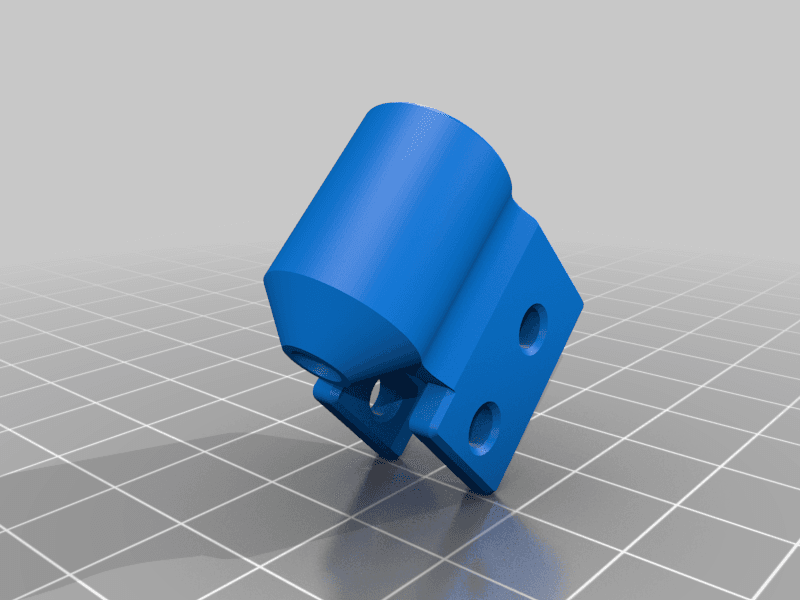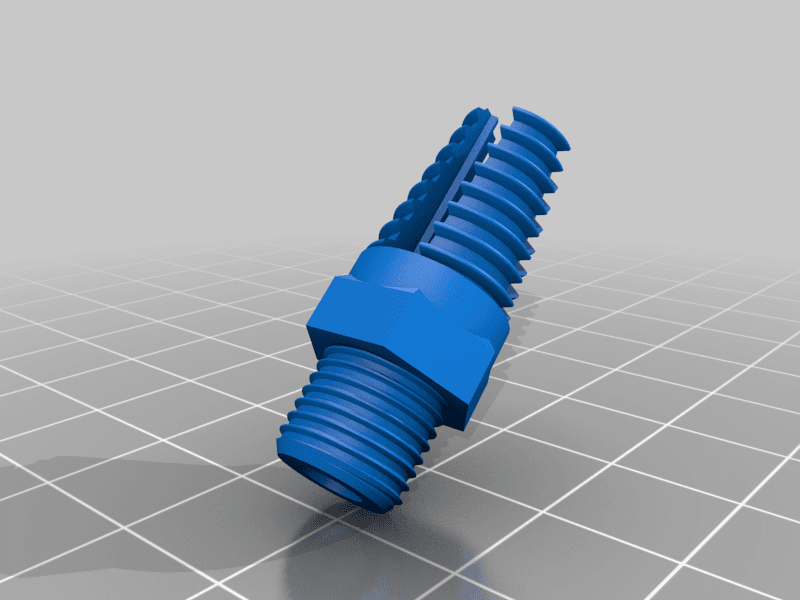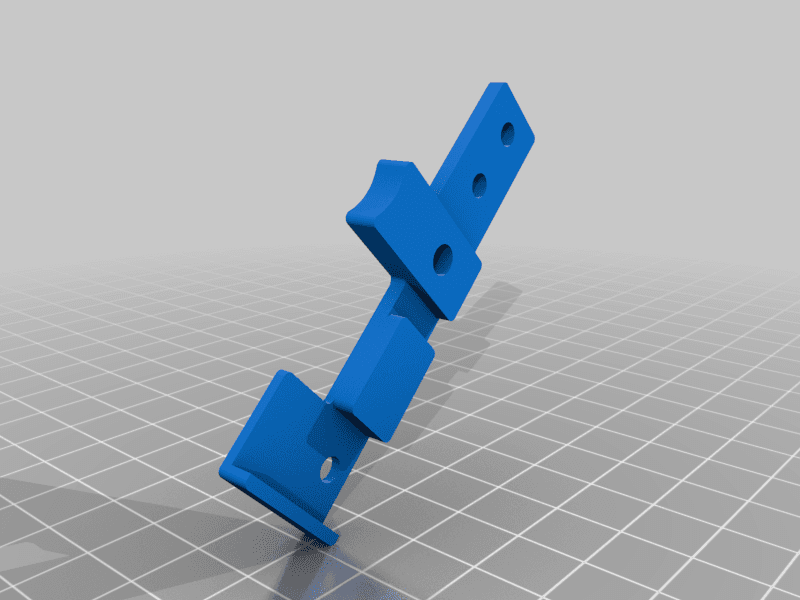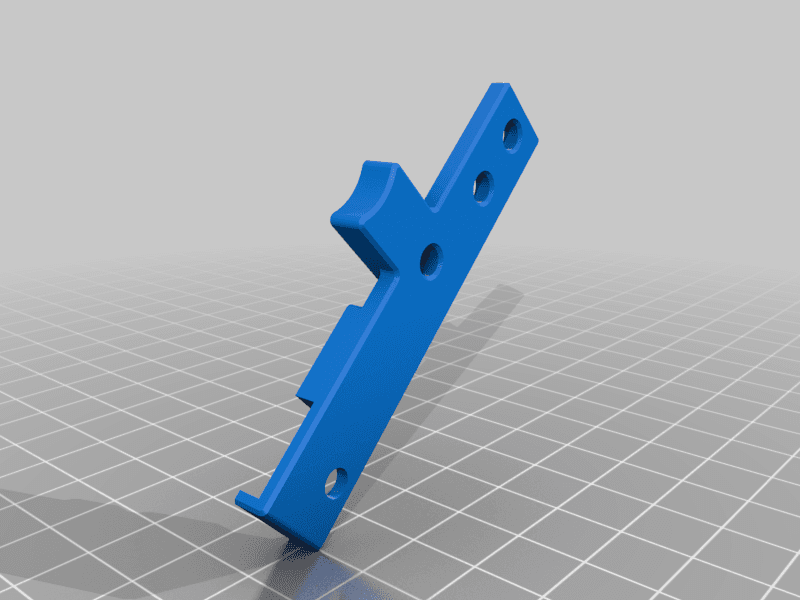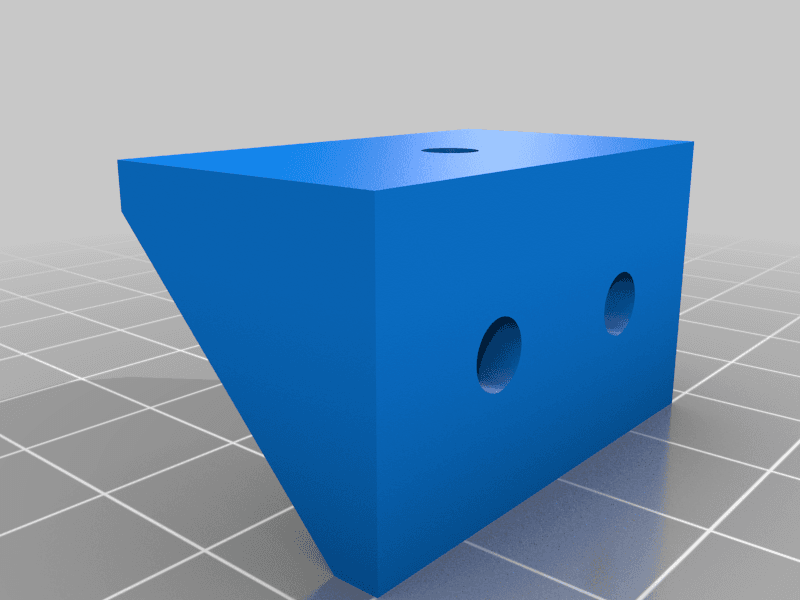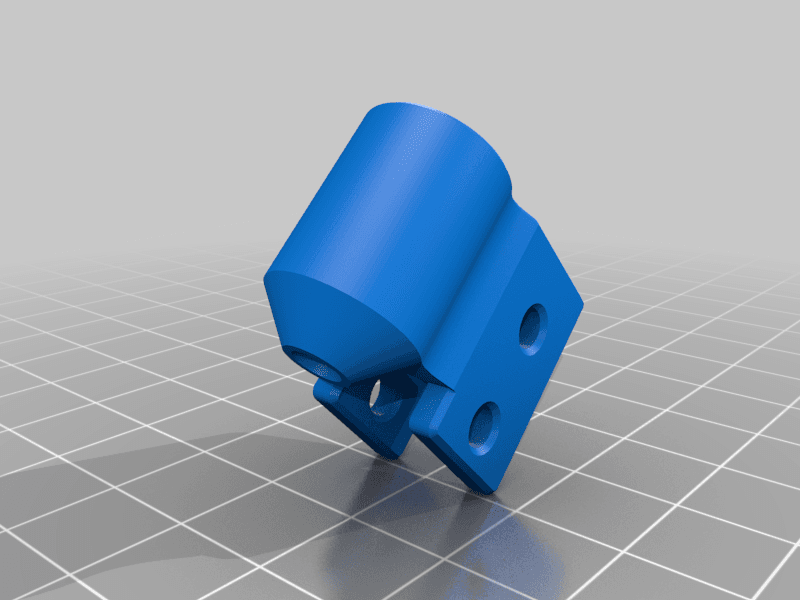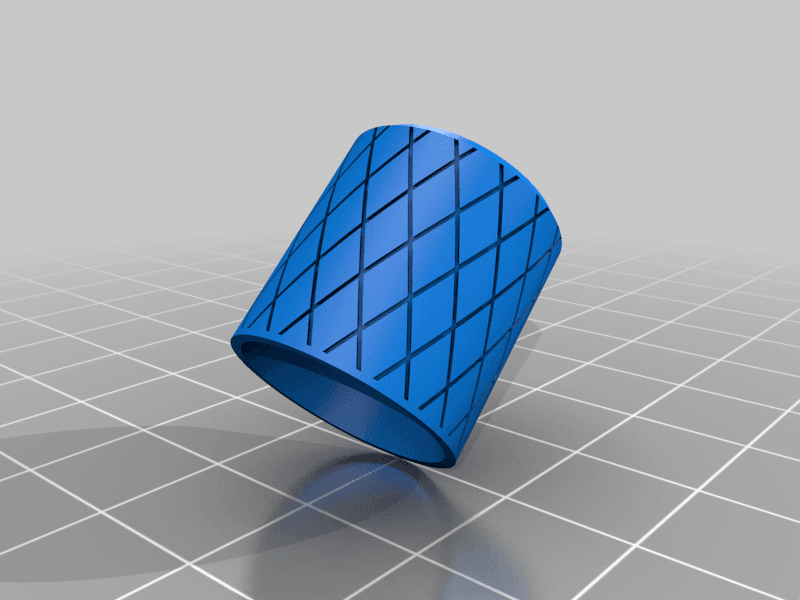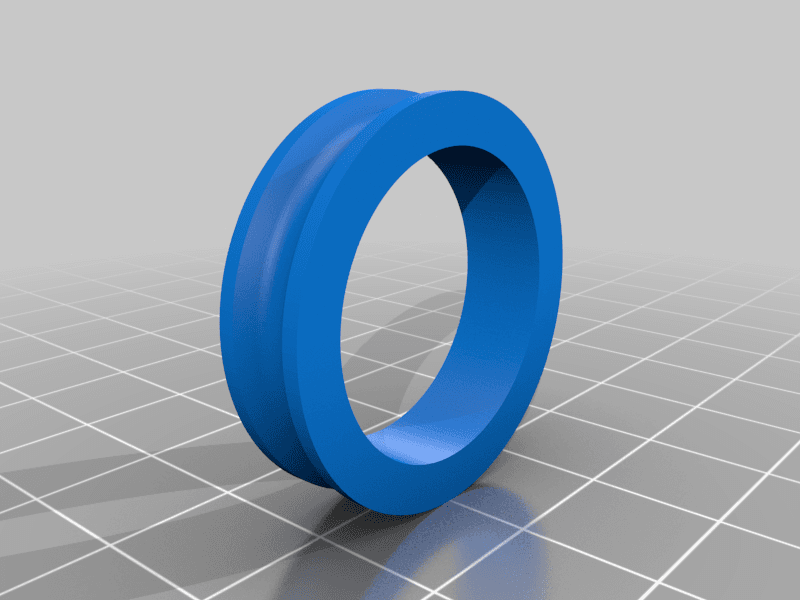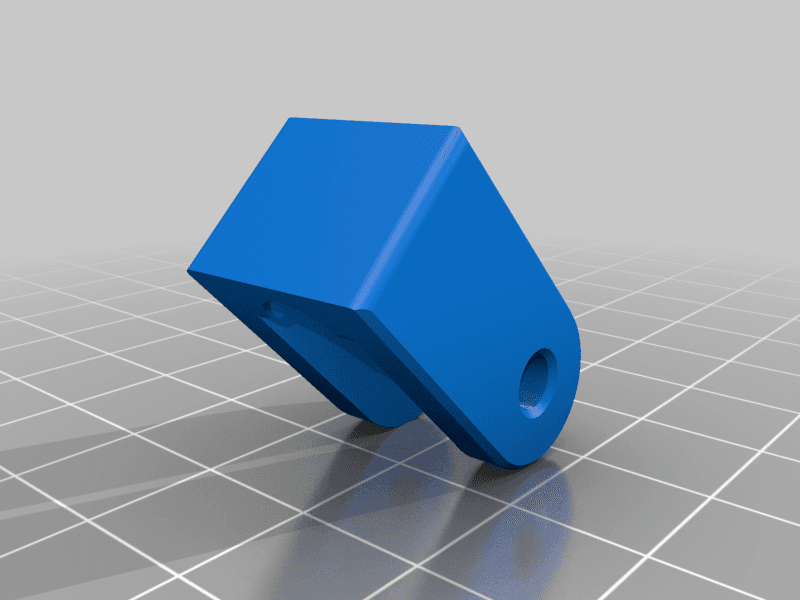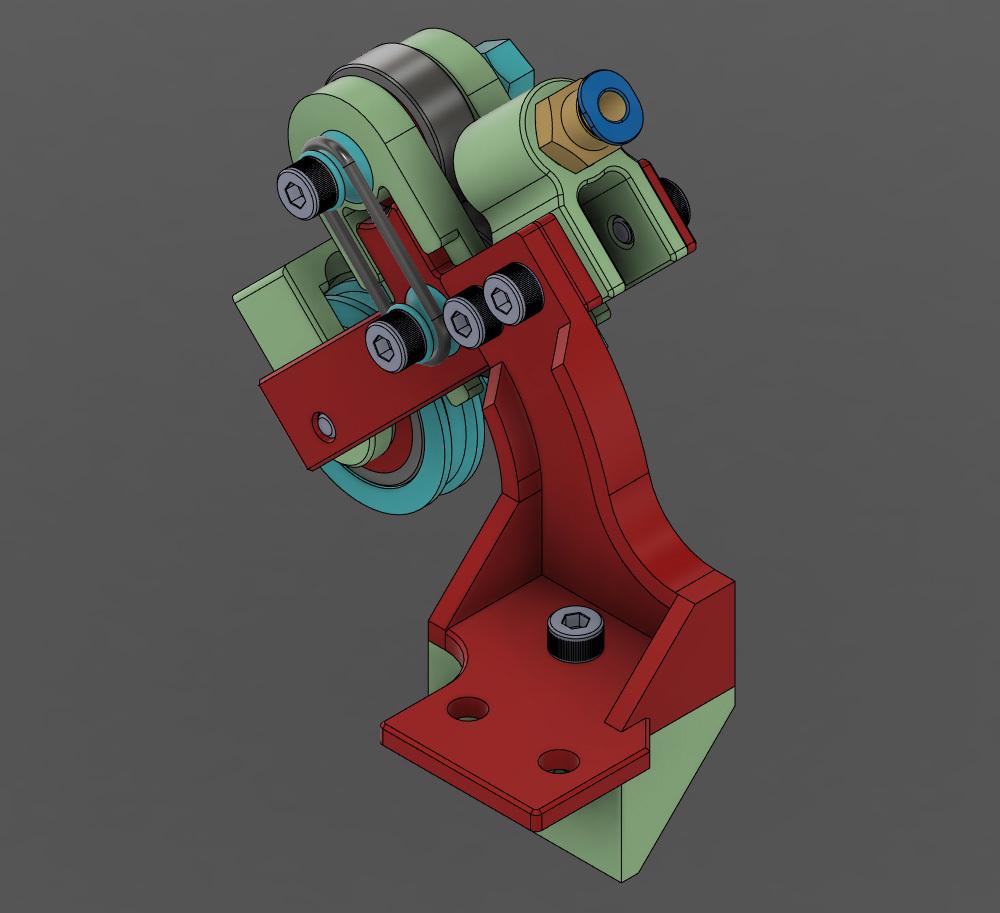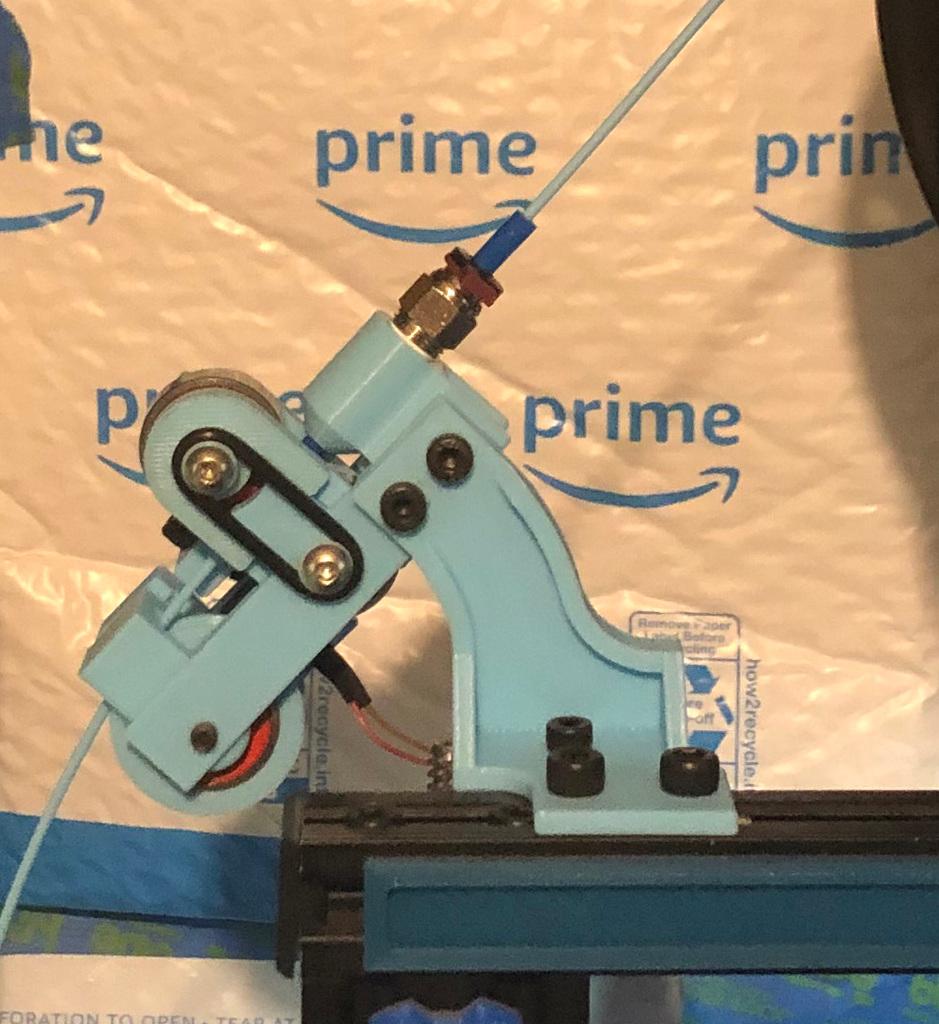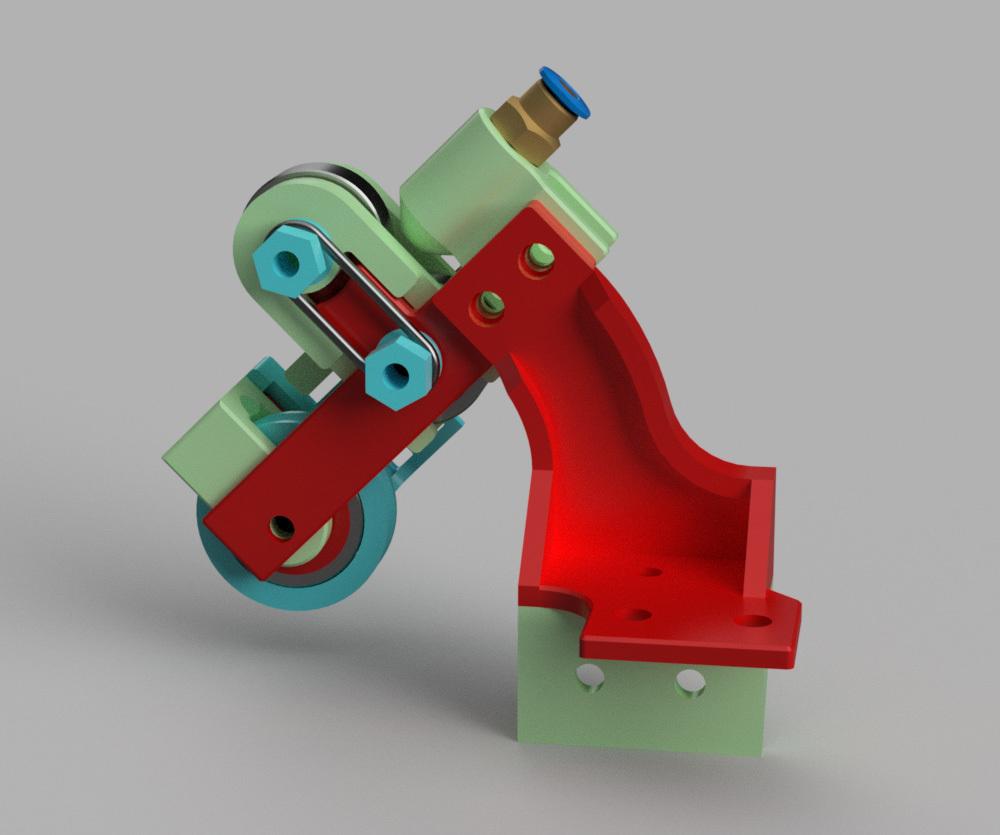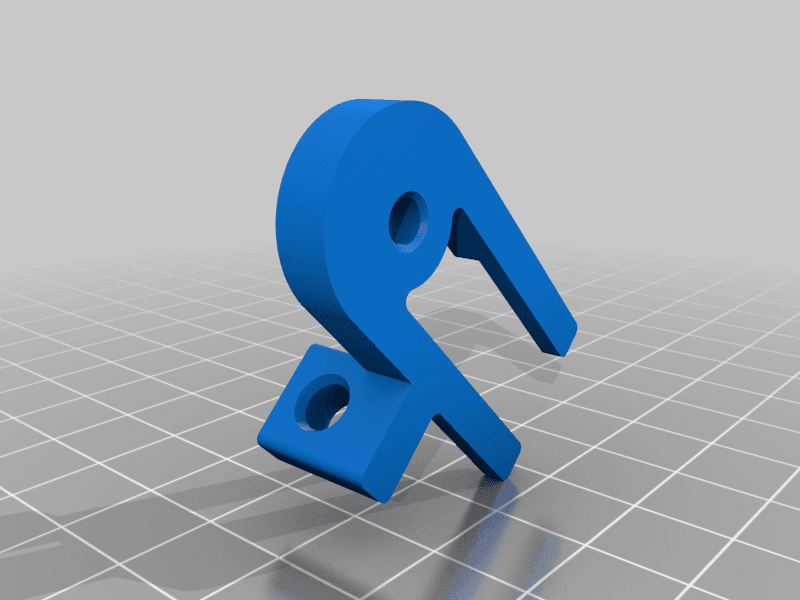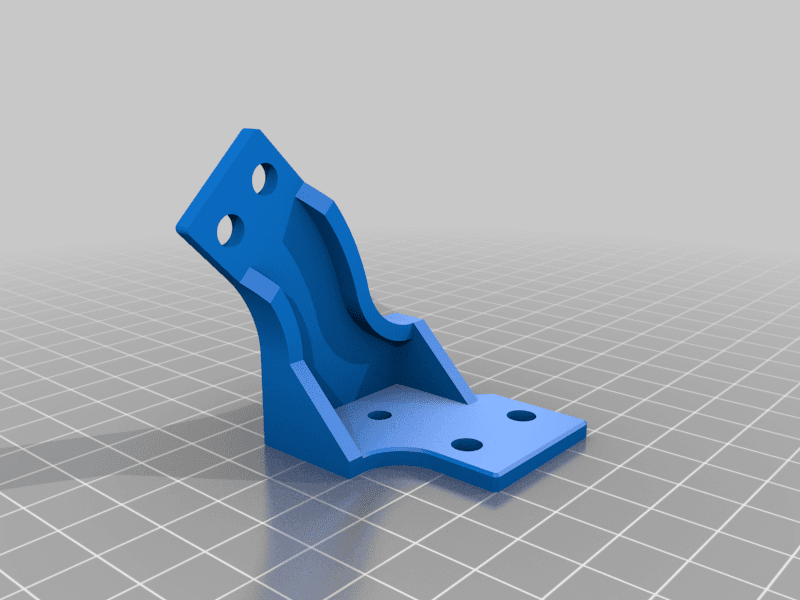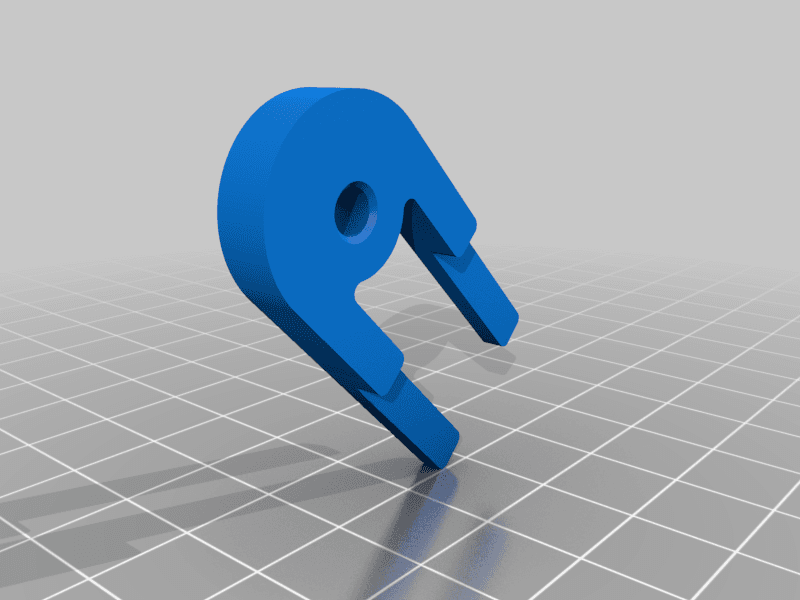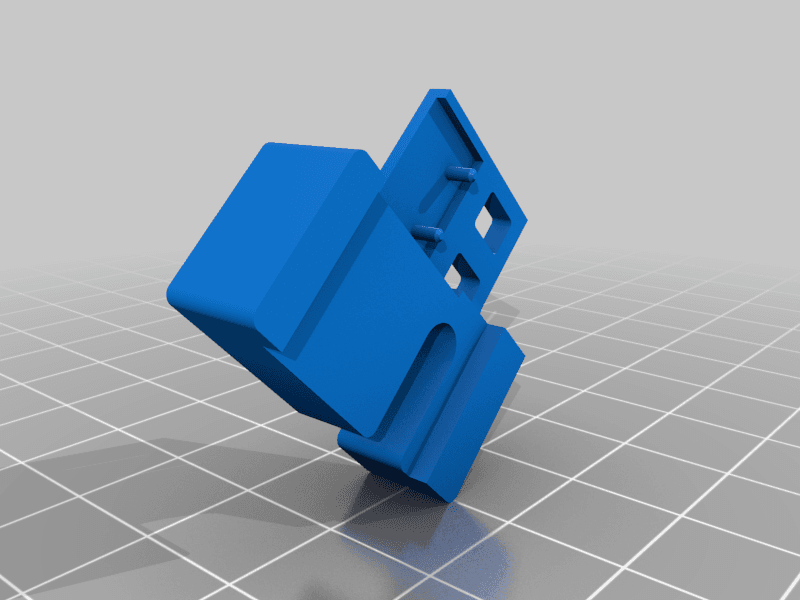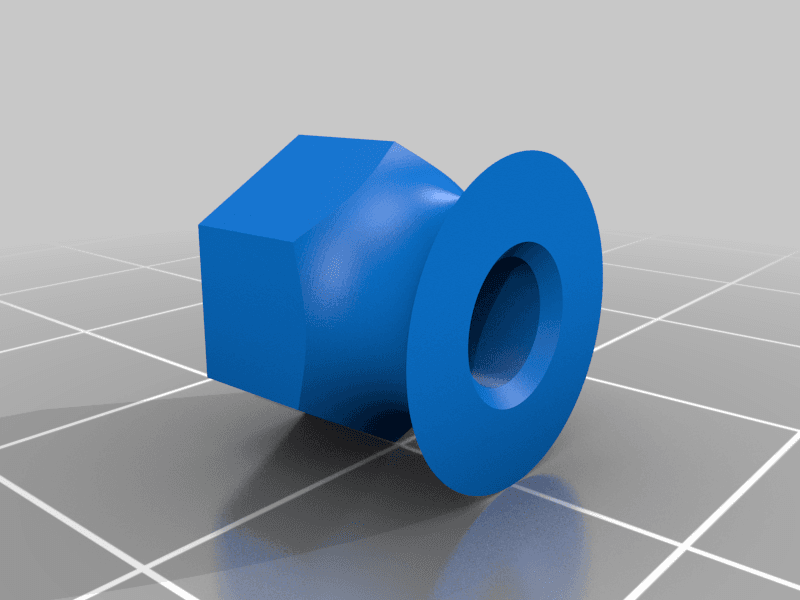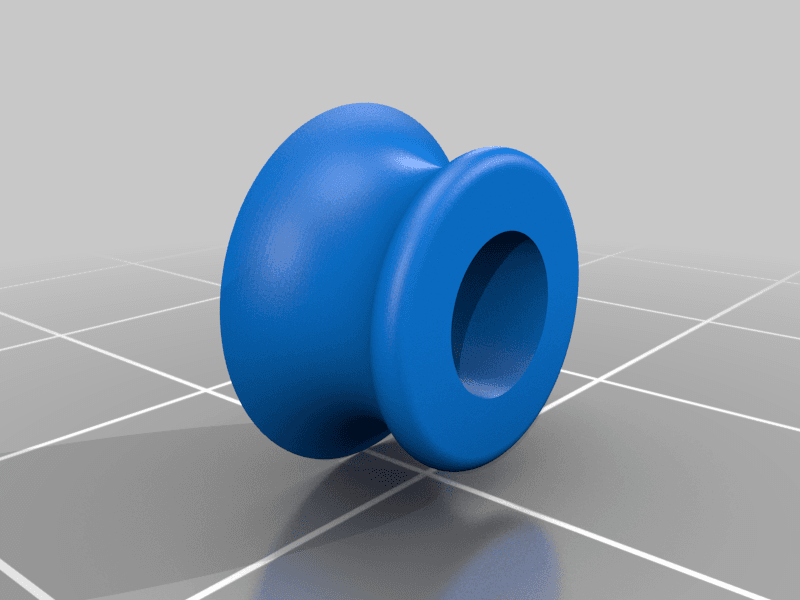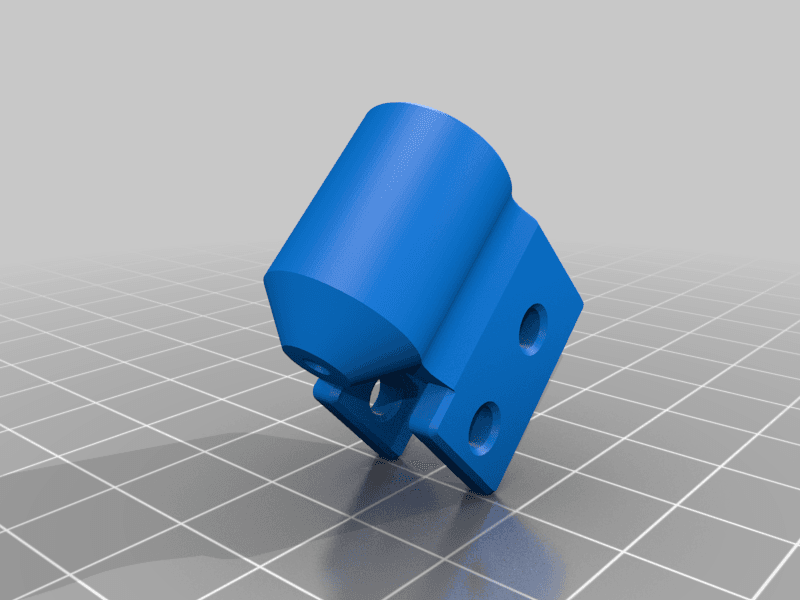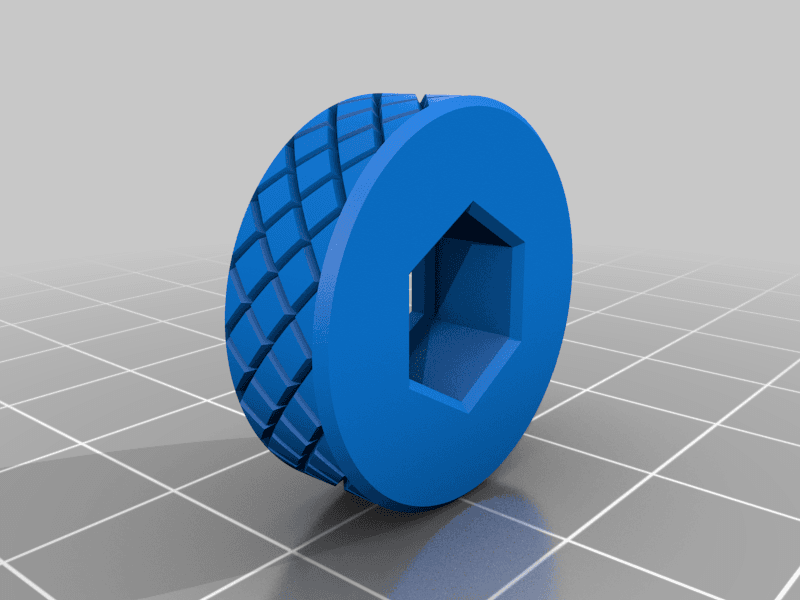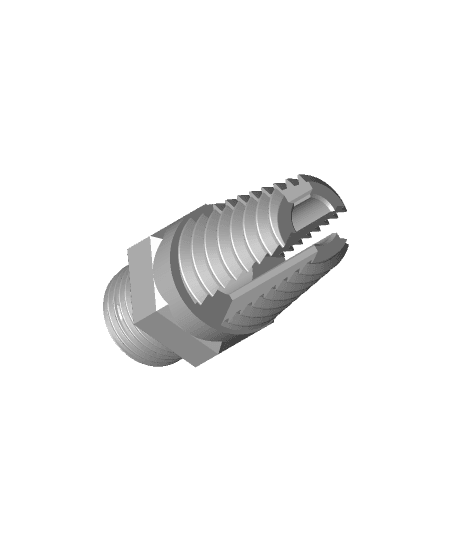This model is restricted by licensing terms.
View license.
Model originally uploaded to Thingiverse at https://www.thingiverse.com/thing:4906471.
Filament Runout Sensor Mech 3D Printer filament runout sensor Parts- 3 - M4 x 30 screws
- 2 - M4 x 6-8 screws
- 2 - M4 x 10-12 screws
- 1 - M5 x 8 screw
- 2 O-rings (I'm using #13) or rubber bands
- 3 x 608 skateboard bearings.
- 1 x Microswitch
- Whichever wire and connectors you need to connect the microswitch to your controller board.
- M10 Pneumatic coupler if you use a section of PTFE tube for the filament guide.
- PTFE (bowden) tube.
- Mountting braket.
- T-nuts or hammer nuts depending on your mounting solution.
STL/STEP files for a printable coupler and a guide that can be used instead of the threaded coupler mount are included.
The mounting bracket I've included was made for the the top 2020 extrusion of an Ender 3. It's just an example.
The switch I used came out of a computer mouse. It should be fairly simple to make a housing to fit other types of switches.
The coupler used is the kind that goes in the hotend. This size will let the TPFE tubing pass through. If you don't have one you can print the included coupler STLs. Alternatively, there is a simple guide that doesn't use a piece of tubing.
Everything can be printed without supports.
1 Likes8 DownloadsOctober 2, 2022
1 Likes8 DownloadsOctober 2, 2022
This model is restricted by licensing terms.
View license.
